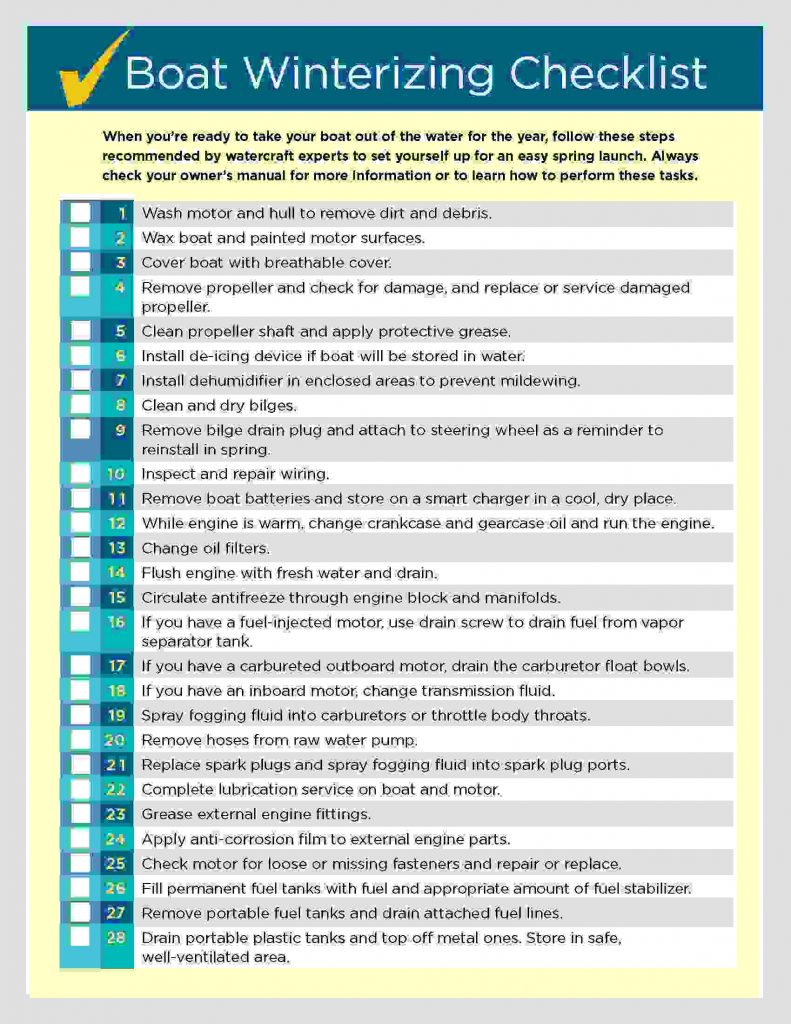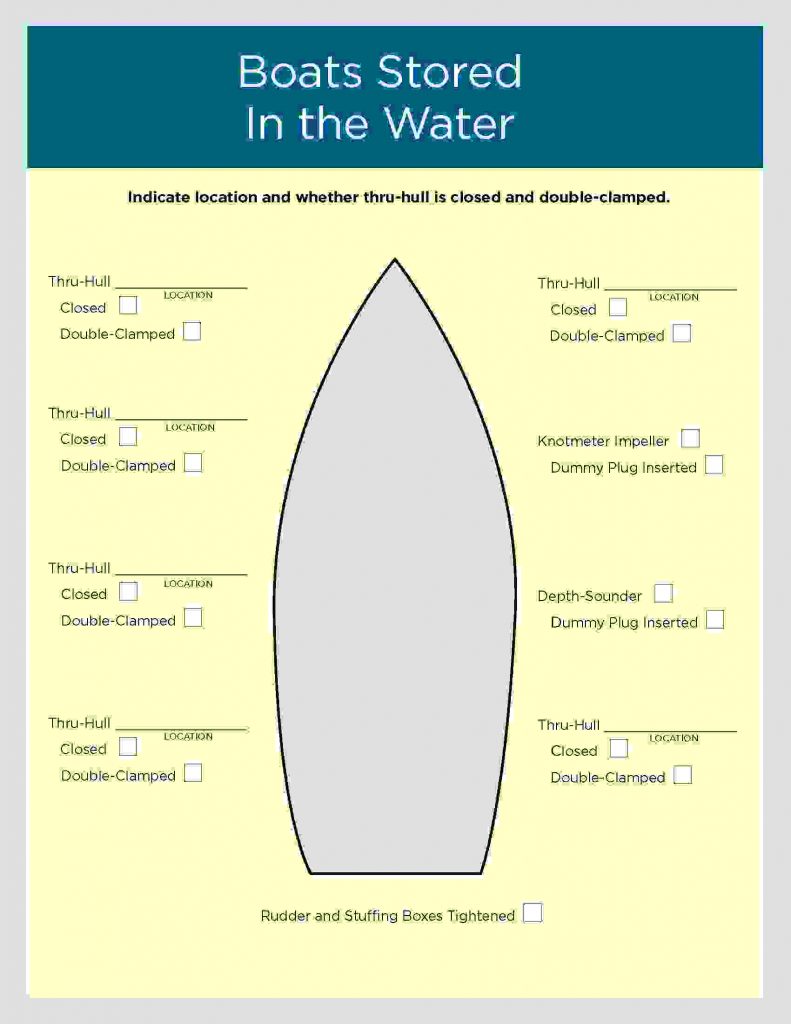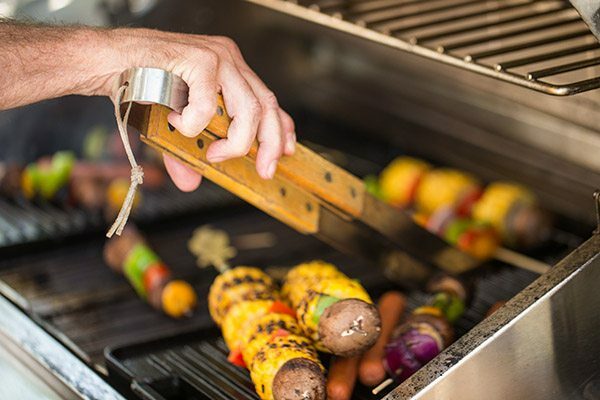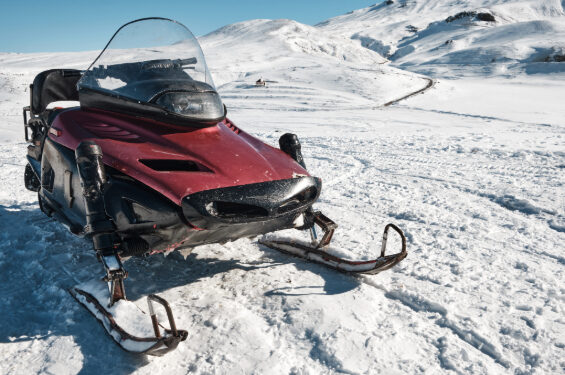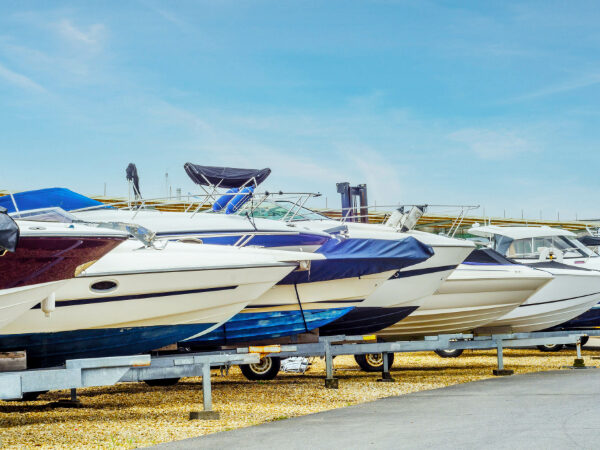
A boat needs a lot of tender loving care, even when it’s going to be out of the water for the winter. Properly caring for your boat can be very cost effective in the long term, because you’ll avoid needing to pay for expensive repairs like broken exhaust manifolds, or worse, replacing an engine. Even with boat insurance, these repairs can be costly.
Use the following tips to shut down your boat down until spring. We’ve highlighted the most important ones, and included a boat winterize checklist below.
1. Add fuel stabilizers
There are a variety of opinions on how much fuel to leave in your boat’s tank over winter. One thing everyone can agree on, however, is the importance of fuel stabilizer. Since the introduction of ethanol gasoline, storing a boat over the winter has become a battle against fuel separation. If ethanol fuel comes in contact with water (which is likely in a water vessel) it can separate, leaving a sticky glue-like substance at the bottom of the engine. This substance can damage your entire fuel system, so the best way to handle it is to prevent it.
Add fuel stabilizer to the tank, using a factory-recommended winterizing solution. Then, run the boat to the correct temperature and check for leaks or other issues.
2. Change engine oil and fuel filters
Change gear and engine oil, as well as the oil and fuel filters. Fresh fluids hold up better over trying winter months, and go a long way to prevent damage causing condensation.
3. Drain water lines
Drain water from the engine block, exhaust system, sea-pump, hoses and coolers—especially if you don’t have access to a warm storage facility. Run the engine while it’s hooked up to an antifreeze pump until the antifreeze has filled the entire system and is coming out of the exhaust. The goal is to eliminate any water trapped in the system. If trapped water freezes over the winter, it can expand with enough power to break the steel components of your boat.
4. Disconnect batteries
Disconnecting the battery keeps it from dying over the winter, ensuring that the boat will be ready for a quick start in spring. It also comes with the added bonus of helping the batteries last longer—which is a benefit given that marine batteries tend to cost more than their dry land counterparts.
5. Spray fogging oil
Spray the engine and outdrive package with anti-corrosion spray, also known as fogging oil. This preserves the paint and prepares the components for a long period of little usage.
6. Store safely
If your budget allows, the best place to store a boat is in a heated, indoor storage area. If you’re storing your boat outdoors, make sure you have a strong tarp cover over the boat throughout winter. If you do decide to dry-store your boat, make sure you properly prepare it to go back into the water once winter is over. Before your maiden voyage in the next spring, be sure to:
- Review the fuel system for leaks or damage
- Make sure that belts are tight and control cables are free of cracks
- Look for and eliminate corrosion with a wire brush
- Check oil and replace any fluids that weren’t changed when the boat was winterized
- Look for places where the exterior of the boat has been compromised by dings, scratches, cracks, or distortion
In the end, you’ll appreciate having taken all of these steps when the weather warms up and it’s time to hit the water. And, your boat will be around for many springs to come if it’s cared for properly each winter. When it’s time to take your boat out make sure to prepare yourself, your passengers, and your boat with these boat safety tips.
